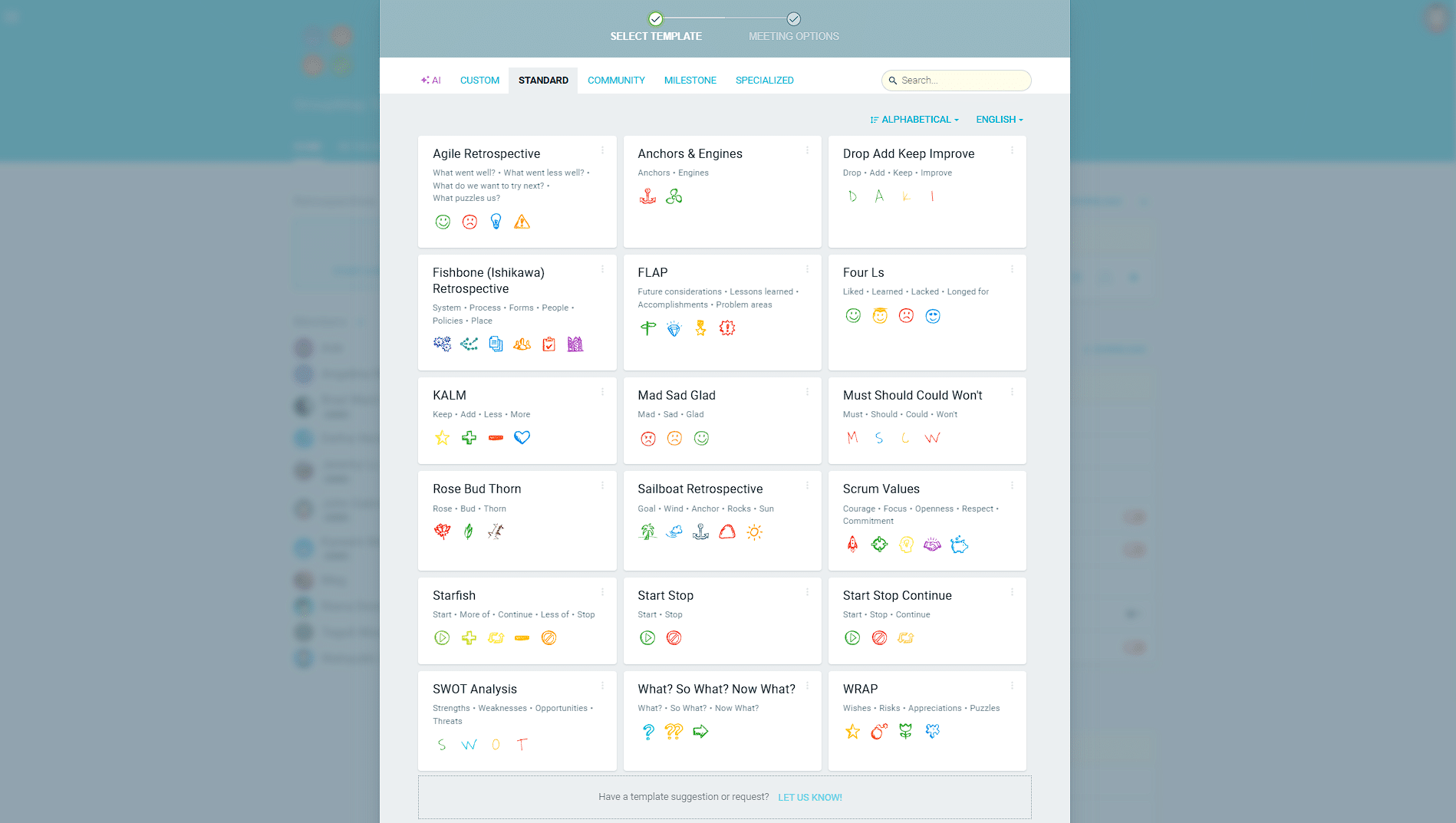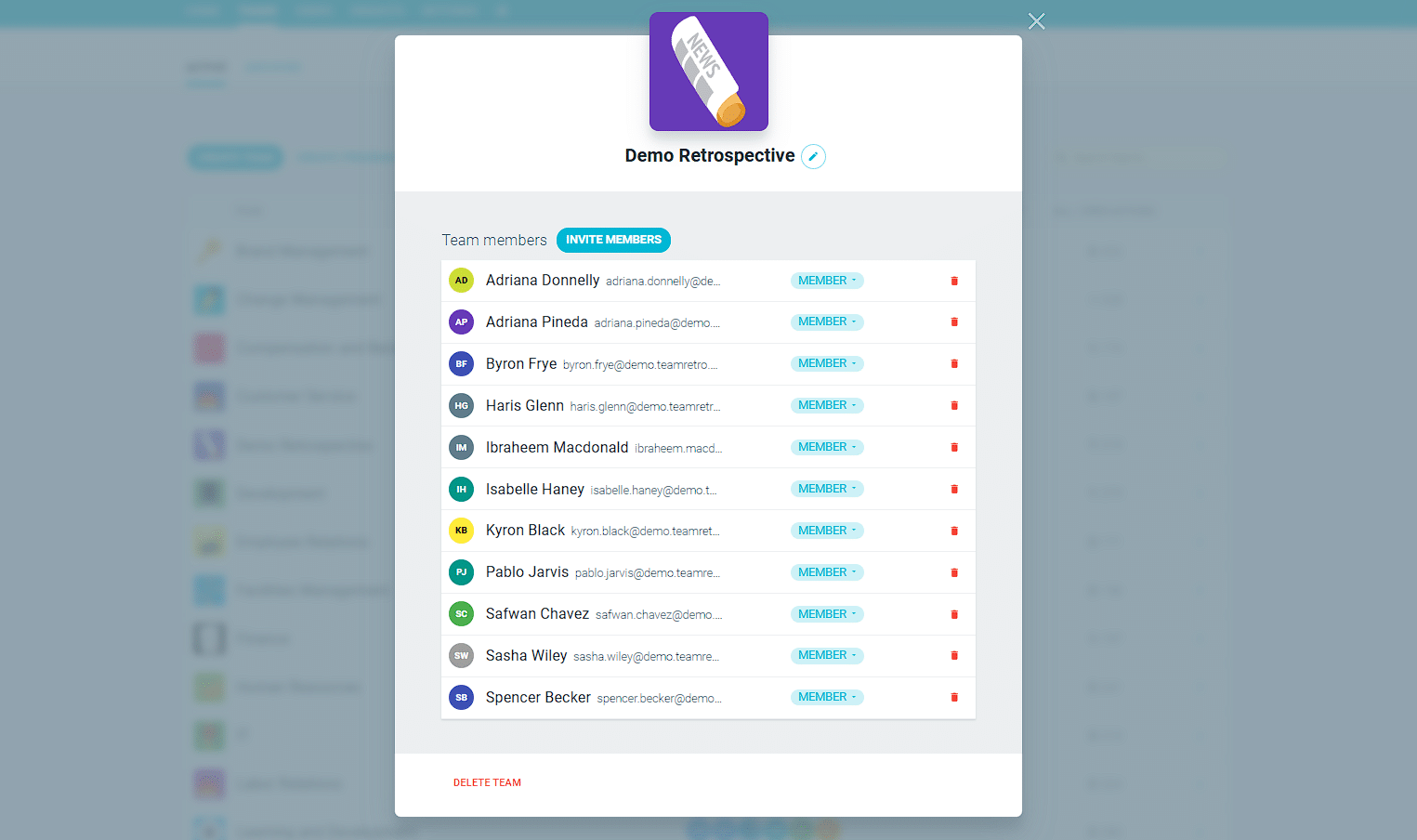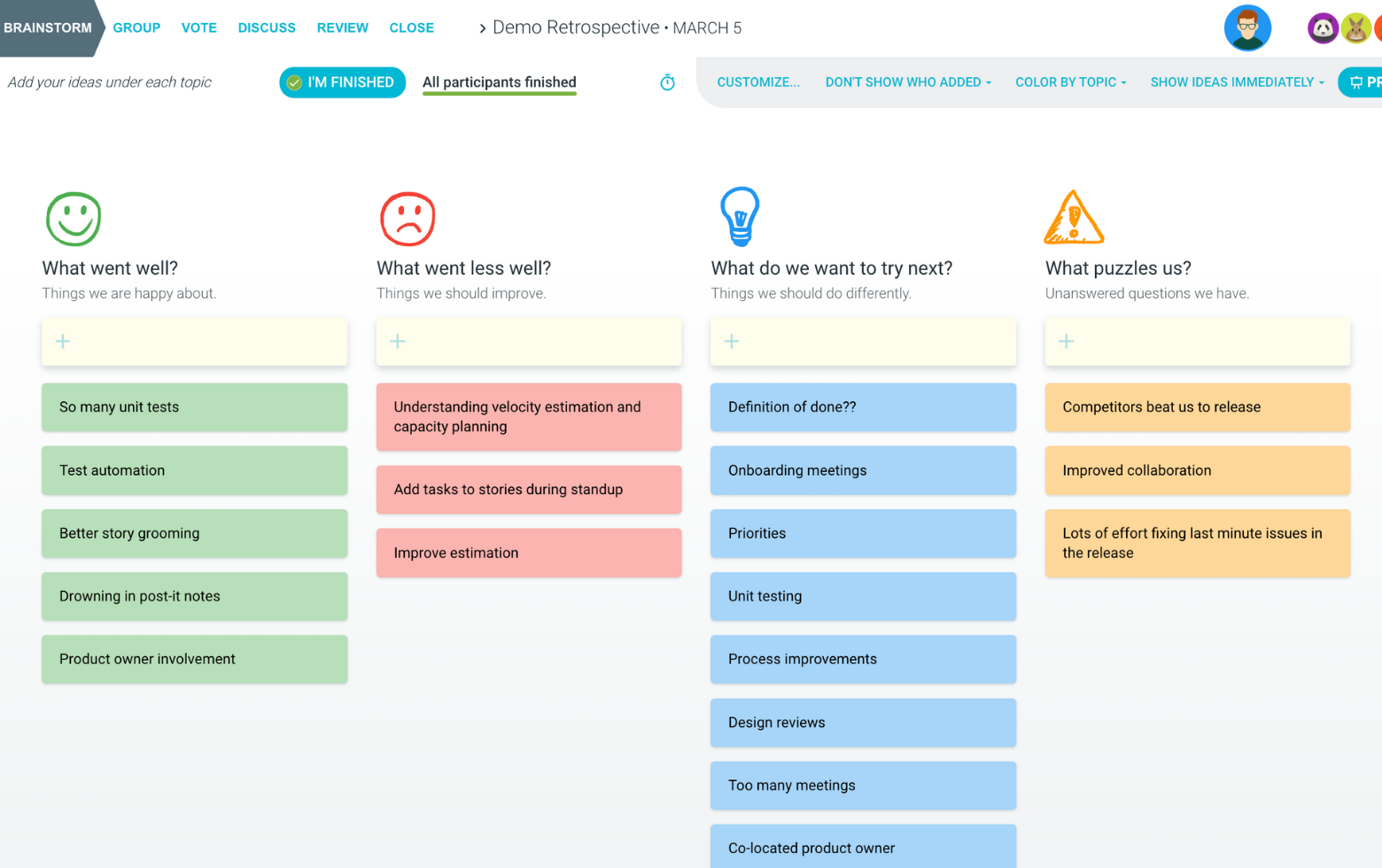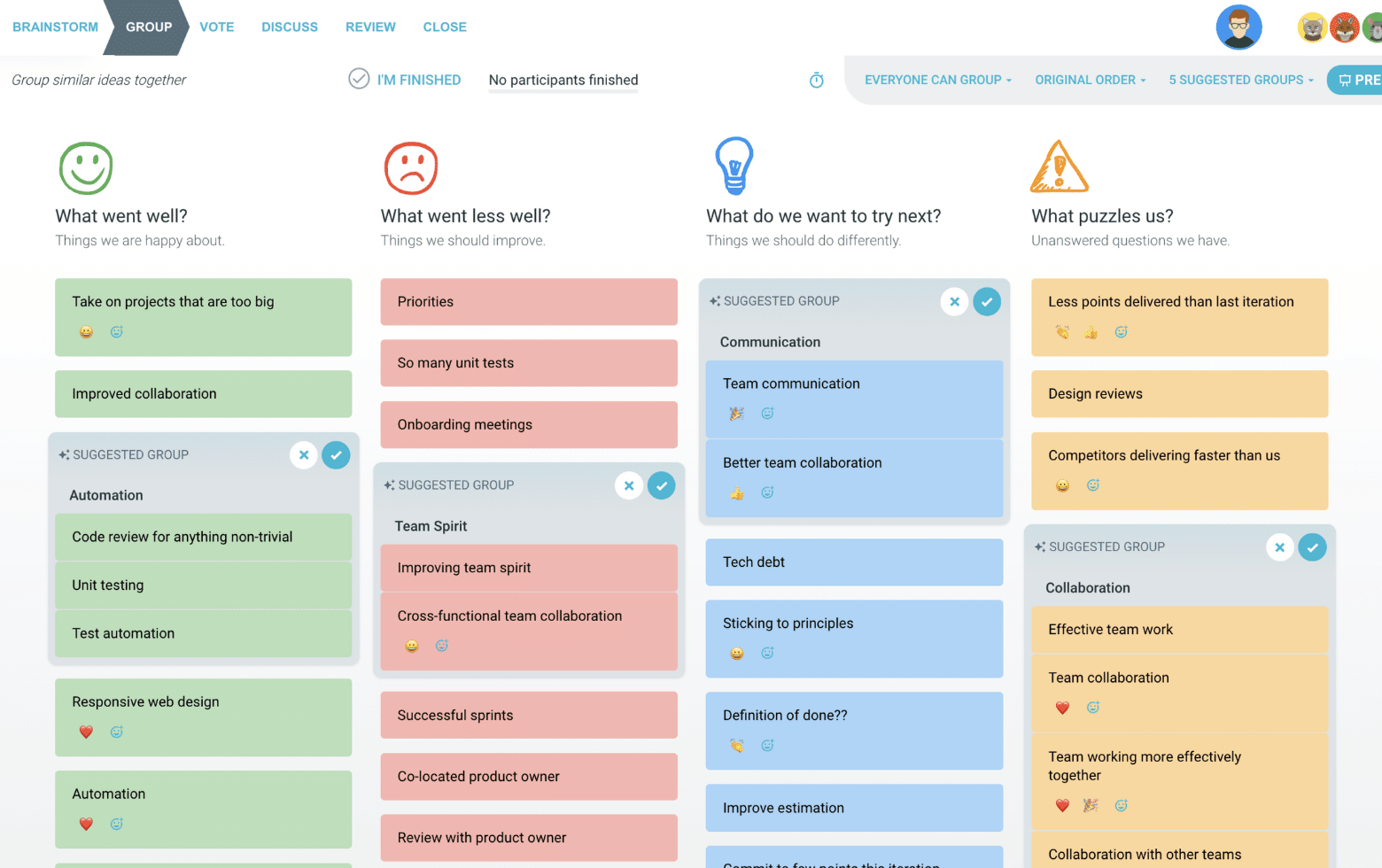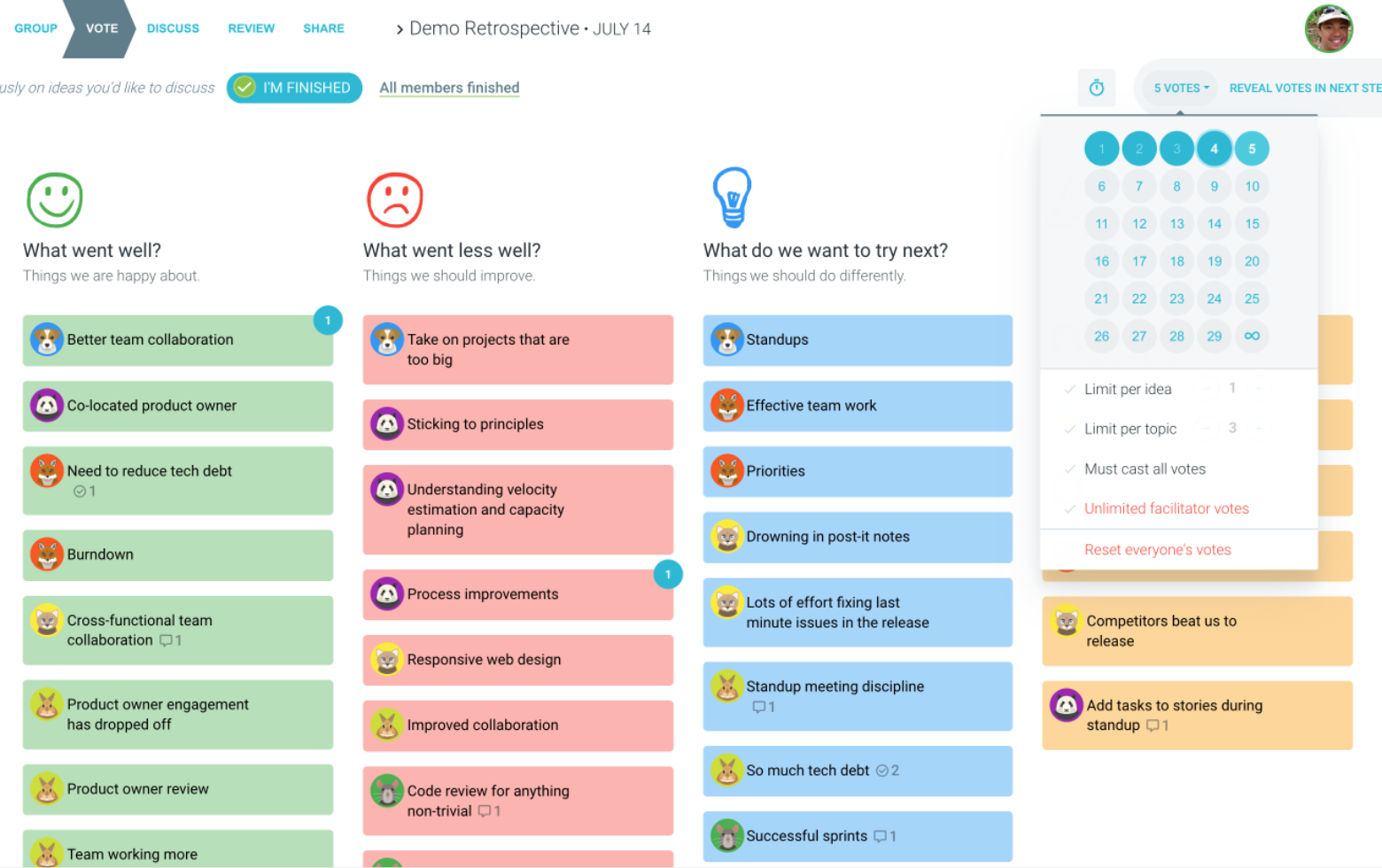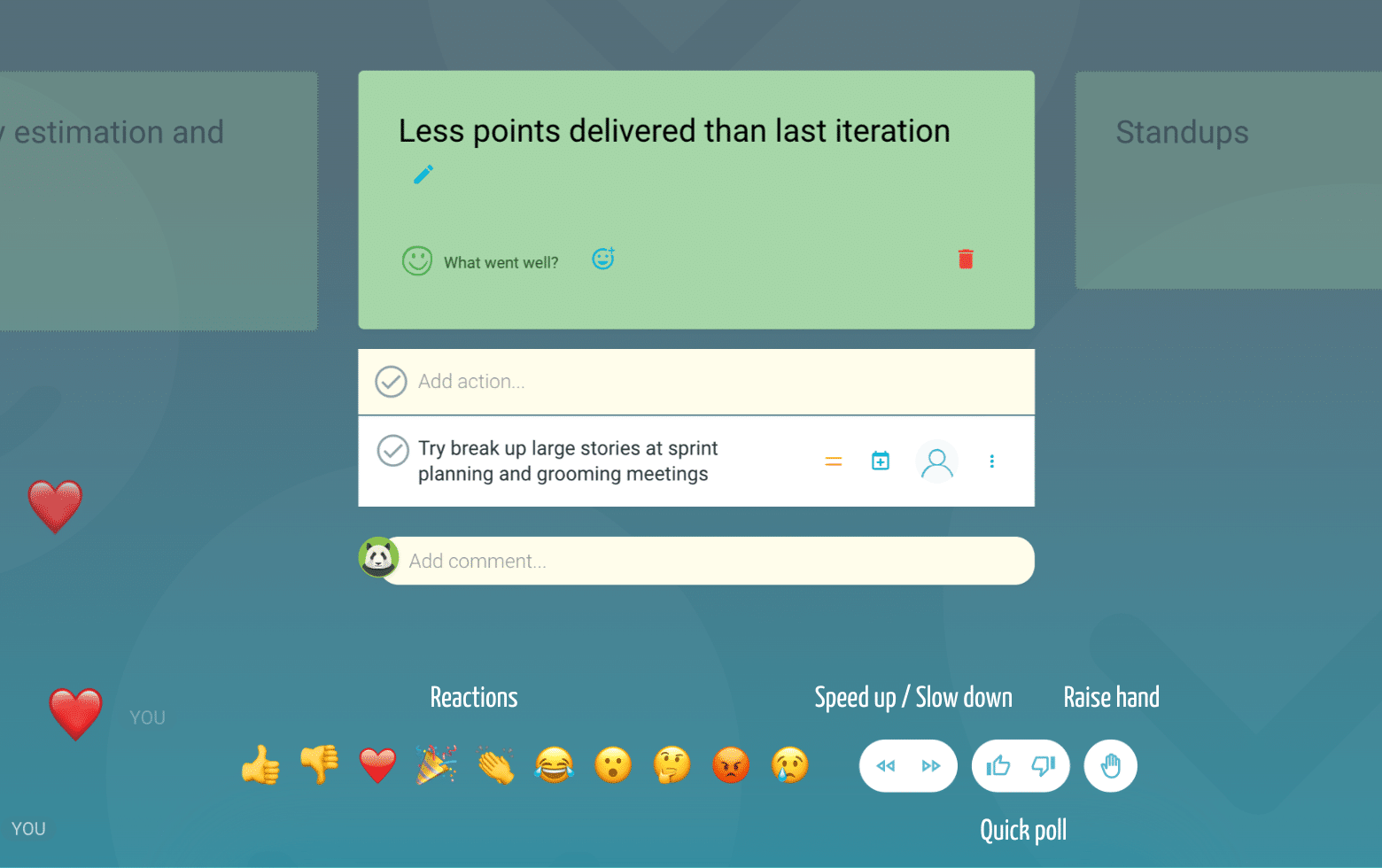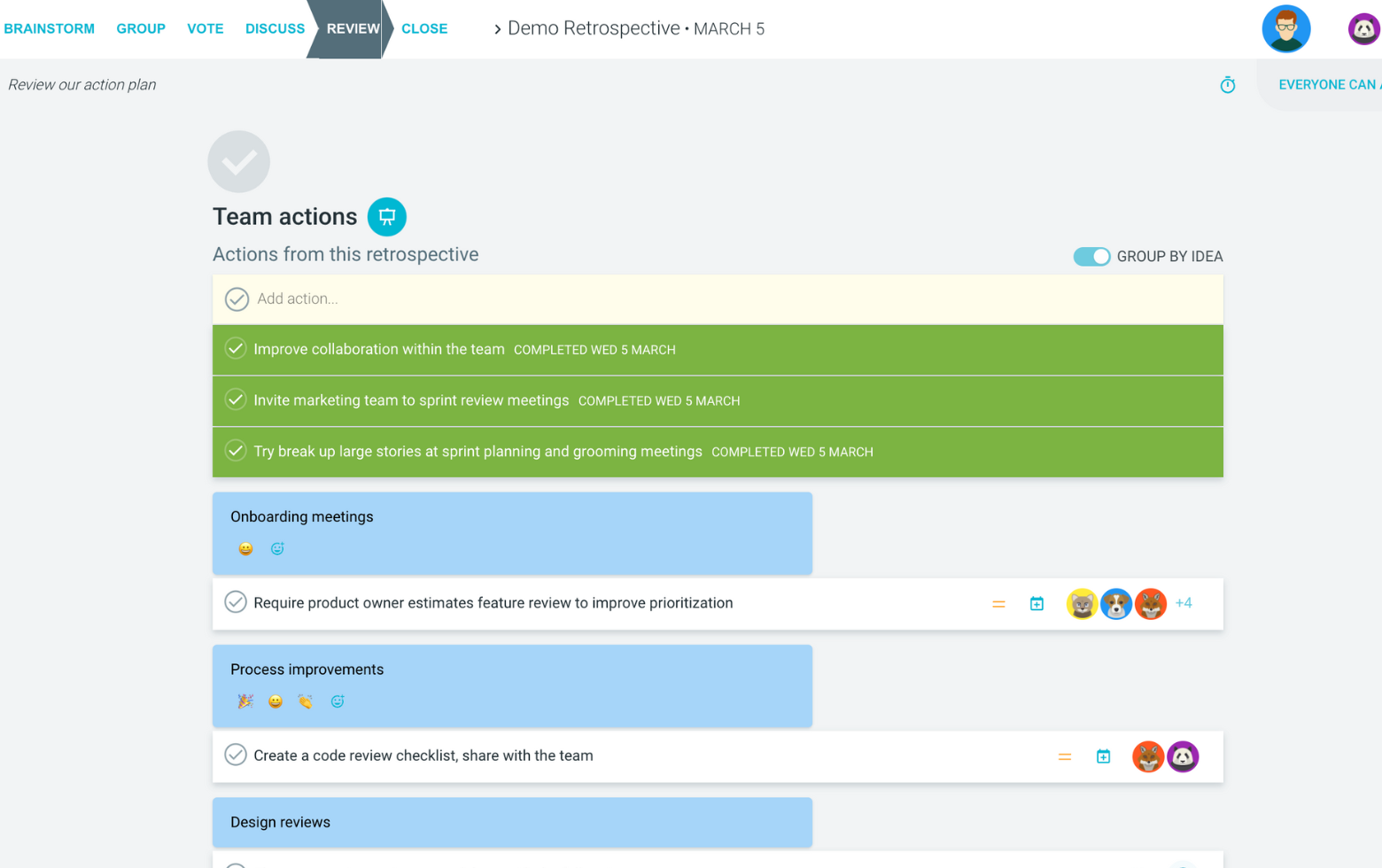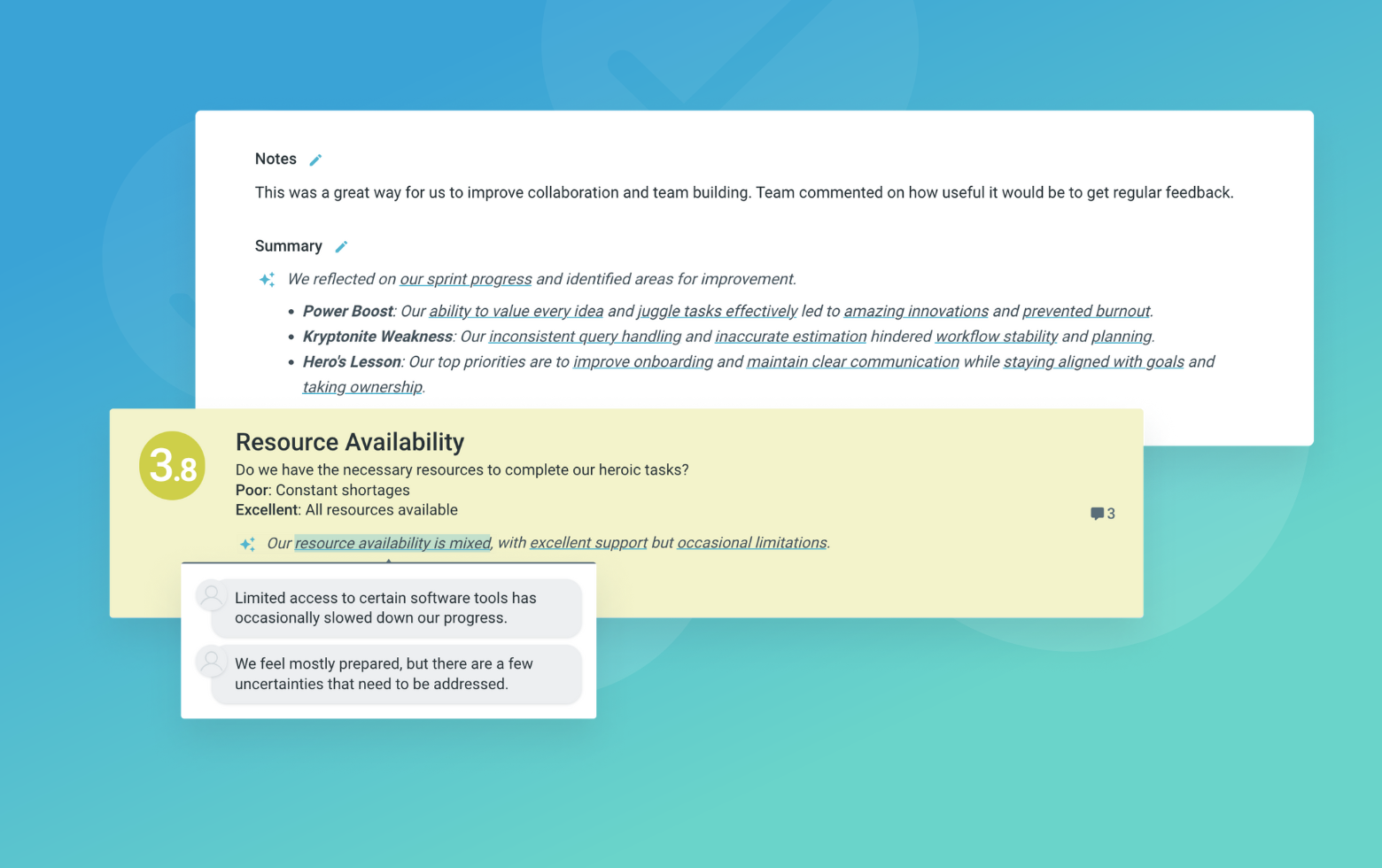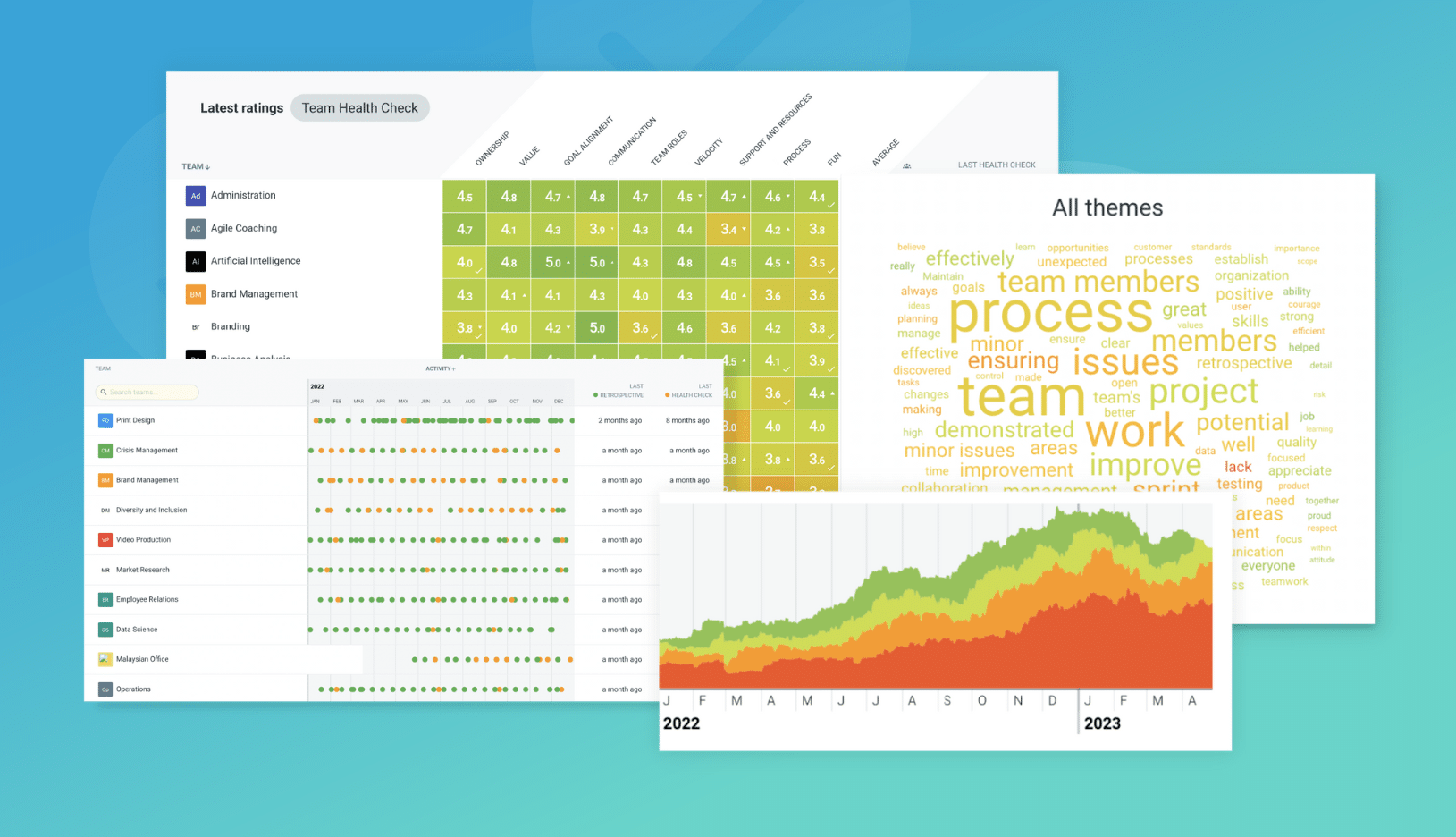What is Archer retrospective?
The Archer retrospective is a creative retrospective idea that helps your team focus on their goals. Participants look at what they were aiming to achieve in their last sprint, and whether or not they did. They then consider what could bring focus to the next iteration and any risks or distractions they should keep in mind as they progress.
Like an archer, the team is encouraged to direct all thoughts and efforts towards hitting their target ( sprint goal). Before they launch themselves into their next sprint, they consider how they can improve. This can offer the team the chance to view their last sprint from a fresh perspective as well as reducing distractions that will put them off target.
Archer retrospective format
The Target
What were we aiming for? What value did we wish to deliver? What was the purpose of our last sprint?
Bulls Eye
Where did we hit the mark? What did we get right? What went perfectly to plan?
Missed Shots
Where were we off the mark? What didn’t go as planned? What weren’t we able to do?
Focus
What will help us focus for our next shot? What is distracting us? What is needed to bring clarity?
The Wind
What can cause us to go off target? What are our unknowns? What risks could we encounter?
Suggested icebreaker questions for Archer retrospective
- What helps to keep you on target?
- Which is better, missing a target by a mile or barely missing it at all?
- When have you been way off target, and what did you learn?
- What are your biggest distractions that take your eye off the target?
Retro Rehearsal
Watch this video. Assume its goal was to convince you archery was exciting. Now use The Archer retrospective to review the video and shape what the creators should do next.
Ideas and tips for Archer retrospective
- Share the retrospective prior to the meeting to allow people to add their ideas asynchronously beforehand. This will let people respond at a time that best suits them and may help to enhance their focus on the task. It will also free up more meeting time for discussion.
- Make the most of your presentation mode and drill down into ideas at the brainstorming, grouping as well as the discussion stages of your analysis. This will let those who contributed the input the chance to explain and feel heard.
- Use the way teams vote to manage priorities. This allows you to discuss key items and then move them into the relevant groups or columns as needed.
- Timebox discussions to help keep conversations on track.
- Help people bring focus to the room with an icebreaker.
How to run Archer retrospective in TeamRetro
Start Your Session in a Click
Log into TeamRetro and choose your template. Customise questions and the workflow to create your perfect retro for your team.
Create Your Team Easily – No Separate Accounts Needed
Brainstorm Individually – Free From Bias
Smart Grouping for Faster Insights
Fair, Flexible, and Fast Voting
Engage, React, and Capture Key Insights
Walk your team through ideas one by one with Presentation Mode. Stay in sync, spark real-time discussions, and capture feedback with comments, live reactions, and polls—all in one place.
Turn Ideas Into Action
Propose next steps with team buy-in, get AI-powered action suggestions, and keep everything in one place. Committed actions sync to your personal dashboard and integrate with your workflow tools—keeping you on track.
Save, Share, and Stay on Track
Get quick AI-powered summaries, add facilitator notes, and store retrospectives in your library for easy access. Schedule your next session and track published actions to keep your team accountable at the next retro.
Turn Team Data into Actionable Insights
Uncover trends, common themes, and key engagement metrics at a glance. Track sentiment shifts, analyze conversations, and monitor completed actions to drive continuous improvement.
